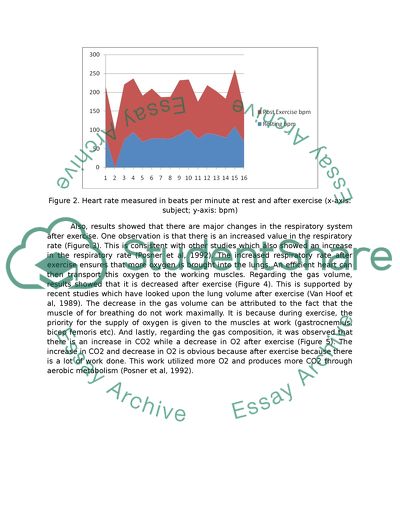Cite this document
(Cardiovascular System After Exercise Case Study Example | Topics and Well Written Essays - 1500 words - 1, n.d.)
Cardiovascular System After Exercise Case Study Example | Topics and Well Written Essays - 1500 words - 1. https://studentshare.org/health-sciences-medicine/1749059-high-altitude
Cardiovascular System After Exercise Case Study Example | Topics and Well Written Essays - 1500 words - 1. https://studentshare.org/health-sciences-medicine/1749059-high-altitude
(Cardiovascular System After Exercise Case Study Example | Topics and Well Written Essays - 1500 Words - 1)
Cardiovascular System After Exercise Case Study Example | Topics and Well Written Essays - 1500 Words - 1. https://studentshare.org/health-sciences-medicine/1749059-high-altitude.
Cardiovascular System After Exercise Case Study Example | Topics and Well Written Essays - 1500 Words - 1. https://studentshare.org/health-sciences-medicine/1749059-high-altitude.
“Cardiovascular System After Exercise Case Study Example | Topics and Well Written Essays - 1500 Words - 1”. https://studentshare.org/health-sciences-medicine/1749059-high-altitude.


